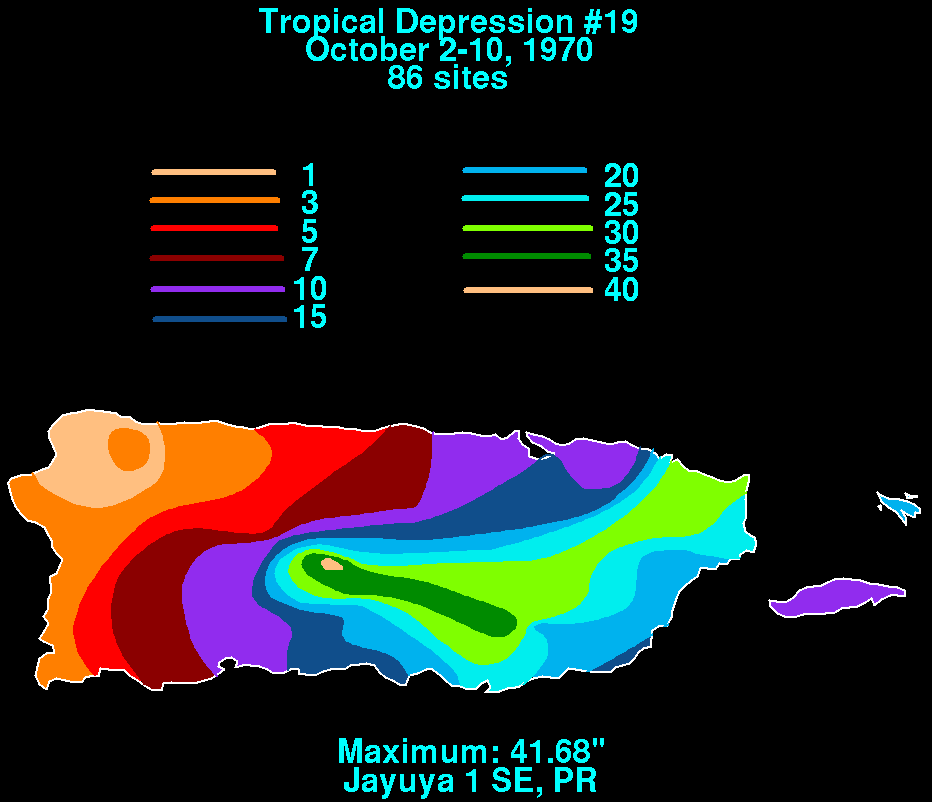|
1970 Atlantic Hurricane Season
The 1970 Atlantic hurricane season was the first year in which reconnaissance aircraft flew into all four quadrants of a tropical cyclone. The season officially began on June 1 and lasted until November 30. These dates conventionally delimit the period of each year when most tropical cyclones form in the Atlantic basin. The season was fairly average, with 14 tropical storms forming, of which seven were hurricanes. Two of those seven became major hurricanes, which are Category 3 or higher on the Saffir–Simpson scale. The first system, Hurricane Alma (1970), Hurricane Alma, developed on May 17. The storm killed eight people, seven from flooding in Cuba and one from a lightning strike in Florida. In July, Tropical Storm Becky (1970), Tropical Storm Becky brought minor flooding to Florida and other parts of the Southern United States, leaving one death and about $500,000 (1970 United States dollar, USD) in damage. The most significant storm of the seas ... [...More Info...] [...Related Items...] OR: [Wikipedia] [Google] [Baidu] |
Hurricane Celia
Hurricane Celia was the costliest tropical cyclone in Texas history until Hurricane Alicia in 1983. The third named storm, second hurricane, and first major hurricane of the 1970 Atlantic hurricane season, Celia developed from a tropical wave in the western Caribbean Sea on July 31. Initially, the depression tracked north-northwestward without significantly strengthening, and crossed over western Cuba on August 1. Heavy rains on the island caused severe flooding, leading to five fatalities. The depression entered the Gulf of Mexico and was upgraded to Tropical Storm Celia later on August 1. Due to warm sea surface temperatures, Celia rapidly intensified into a major hurricane on August 1 and after the creation of the Saffir–Simpson hurricane wind scale in 1971 it was estimated to have been a Category 3 storm. Storm surge and swells lashed the west coast of Florida, especially the Panhandle, causing eight people to drown. Early on August 2, Celia began to w ... [...More Info...] [...Related Items...] OR: [Wikipedia] [Google] [Baidu] |

